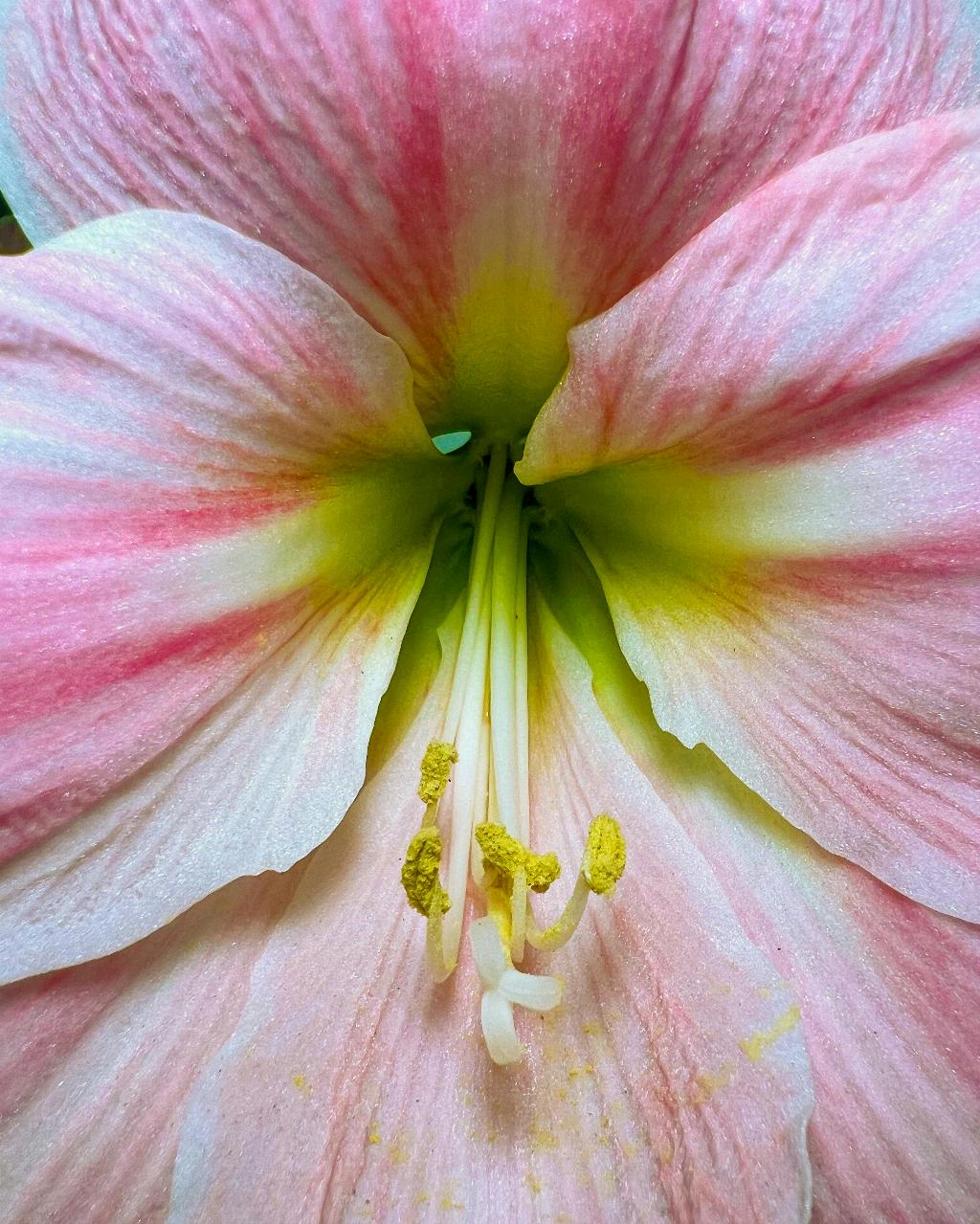After your amaryllis has dazzled you with its splendid blooms, it transitions into a post-bloom phase which is crucial for setting the stage for future growth. Understanding this cycle helps you provide the right care to ensure your amaryllis remains healthy and re-blooms beautifully in the next season. Essentially, the plant begins to redirect energy from flowers to leaves and bulb, which becomes fundamental in storing nutrients. During this phase, it’s vital to maintain optimal conditions around your amaryllis, monitoring water, light, and temperature to mimic the natural dormancy and growing cycles it would experience in the wild.
Continued Watering Practices After Blooming
Contrary to what one might think, amaryllis plants require continued care after the blooms fade. Consistent watering is key to their ongoing health. The soil should be kept moist but not soggy, to prevent rot. Testing the soil with your finger about an inch deep will tell you if it’s time to water again. This consistent moisture supports the leaves in producing energy, which in turn feeds the bulb as it builds reserves for the next growth cycle.
The Right Way to Fertilize Amaryllis After Flowers Fade
Once your amaryllis has finished blooming, fertilization can help replenish nutrients and prepare it for dormancy and subsequent re-growth. A balanced, water-soluble fertilizer, ideally one high in potassium and low in nitrogen, every 4-6 weeks supports this nutritive buildup. This regimen should continue until the foliage naturally begins to yellow and die back as the plant enters a dormant state ahead of its next growing cycle.
Trimming Spent Blooms to Promote Health
Trimming off the spent blooms of your amaryllis is more than a tidy-up job; it’s about redirecting energy. By removing the dead flowers, you prevent the amaryllis from expending energy on seed production, encouraging it to instead boost the bulb. Use clean, sharp scissors or pruning shears to cut the faded blooms right at the stem, close to the base, but be cautious not to damage the foliage which is still photosynthesizing and feeding the bulb.
Should You Keep or Remove Amaryllis Leaves?
You might be tempted to cut back the leaves of your amaryllis once it stops blooming, but hold that thought! The leaves play an essential role in the life cycle of the plant by photosynthesizing and creating food stored in the bulb. Keep the leaves intact and only remove them once they yellow and wilt naturally. This way, you enable your amaryllis to gather as much energy as possible for the next blooming season.
Transitioning Amaryllis for Dormancy
As late summer or early fall approaches, you’ll start preparing your amaryllis for dormancy. This process involves gradually decreasing water, stopping fertilization, and placing the plant in a cool, dark place, such as a basement or a garage, where temperatures range between 50-60°F. This dormancy period is crucial as it mimics the natural lifecycle of the plant and encourages re-blooming after a few months of rest.
Storing Amaryllis Bulbs During Off-Season
Proper storage of amaryllis bulbs during their dormant phase is integral to ensuring a successful growth cycle afterward. Once the leaves have fully died back and you’ve had your plant in its dormant state for a few weeks, you can remove the bulbs from the soil. Clean off any excess dirt and store them in a cool, dark, and dry place in mesh bags or paper bags with some airflow to prevent rotting. These simple steps help protect your bulbs till it’s time to repot them for a new growth cycle.
Preparing Amaryllis for the Next Blooming Season
As dormancy ends, usually marked by the bulb starting to sprout again, it’s time to bring your amaryllis back into the light and warmth. Begin by repotting the bulb in fresh, well-draining soil, positioning it so that a third of the bulb remains above the surface. Introduce watering sparingly at first, increasing as new growth becomes more robust and visible. Place your amaryllis in a warm spot with bright, indirect sunlight, and resume fertilization to kickstart the growth season.
Common Post-Bloom Issues and How to Address Them
It’s not uncommon to encounter issues such as bulb rot or pest infestations post-bloom. Keeping an eye on watering practices is key – overwatering can lead to bulb rot, which is a common pitfall. If you notice mushy spots or a foul odor, you may need to discard the bulb and start anew. For pests like aphids or spider mites, a gentle wash with insecticidal soap can be effective. Always isolate any affected plants to prevent the spread of pests or diseases.
Celebrating Success: Examples of Amaryllis Rebloom
When your amaryllis blooms again, it’s a true cause for celebration. This rebloom not only marks your success at mimicking its natural growing conditions but provides a fabulous floral display during the winter months when most other plants are dormant. Each bloom cycle should increase the size and vitality of the bulb, ideally leading to more stalks and more flowers in subsequent seasons, marking a flourishing plant that keeps on giving joy year after year.

